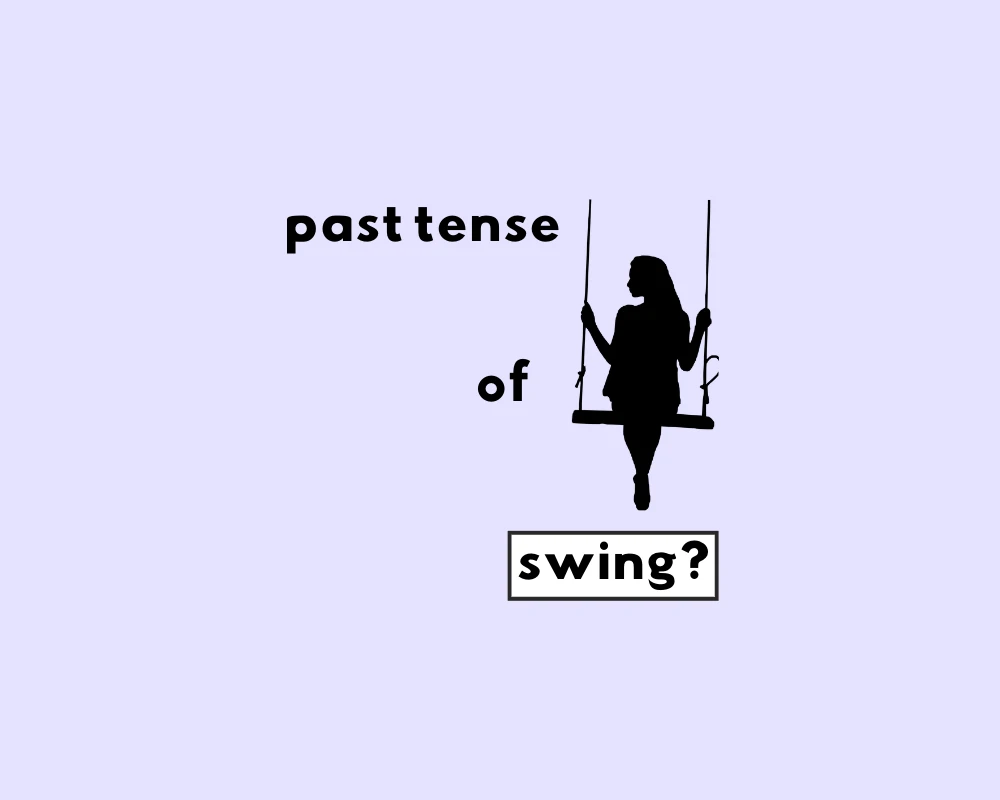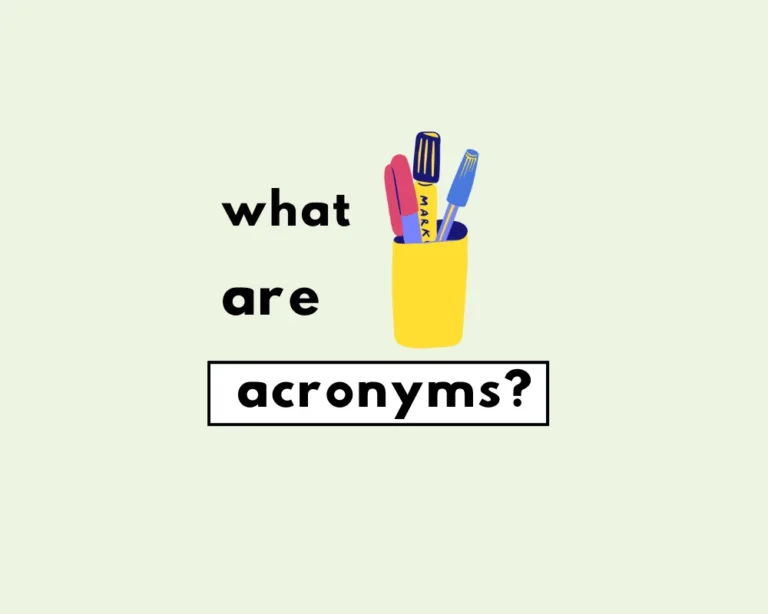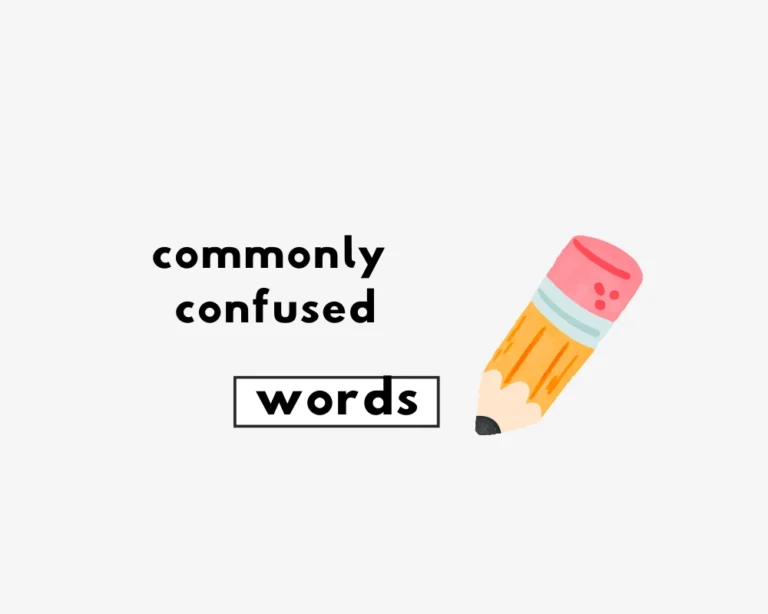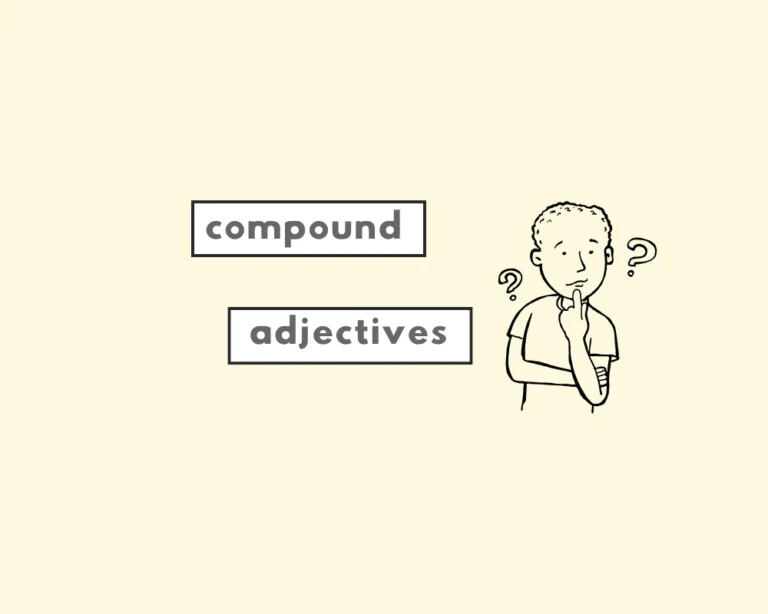What’s the meaning of “swing”?
It’s sing, sang, sung, and ring, rang, rung; so shouldn’t it also be swing, swang, swung? Not so fast, says the rules of English verb conjugations—the verb swing doesn’t operate that way.
The child swung happily on the playground. (Uses the correct simple past tense form)
She has swung her leg over the fence many times. (Uses the correct past participle with an auxiliary verb for the present perfect tense)
The child swang happily on the playground. (Incorrect past tense form; ‘swang’ is not a recognized form)
She has swing her leg over the fence many times. (Incorrect base form ‘swing’ used as a past participle with an auxiliary verb)
Swing, which describes moving repeatedly “backward and forwards or from side to side”, has one past verb form, and that is swung.
Swung is both the simple past form and past participle of swing (which is the present tense). For the remaining verb forms, refer to the chart below.
Forms of “swing”
| present | past | future | |
| simple | I swing | I swung | I will swing |
| continuous | I am swinging | I was swinging | I will be swinging |
| perfect | I have swung | I had swung | I will have swung |
| perfect continuous | I have been swinging | I had been swinging | I will have been swinging |
Swinged or swung?
past tense: I swung my leg over the fence.
past perfect tense: The door had swung closed behind the white cat.
If and when the word “swung” appears in the same sentence as an auxiliary verb (e.g., had/has/have, or is) this indicates a perfect/progressive tense, and not the simple past.
Remember: auxiliary verbs pair with participles to form the perfect and/or continuous aspects in grammar, which show time as ongoing, or ongoing up until a point in time (in the past or. present). We use helper verbs with participles to create these more complex aspects of tense, such as have/had/has.
Examples with “swing” in the present tense
She was sitting on the wall with her legs swinging (present participle)
There was a massive swing away from the governing party in the election.
Cousin Arthur made me a swing in the ash tree.
She took a hacking swing at the grass.
His broad shoulders swayed with the swing of his stride.
“swing’s” past forms are both “swung,” picture a playground swing that has “swung” back and forth—both actions are in the past!
Examples of “swung” in the past tense
He swung at the man, but missed, and fell.
He swung the hammer with all his strength.
The sail of the little boat swung crazily from one side to the other.
I swung my leg over the fence.
The door swung open and the children ran in.
Sentences with “swung”
He was pushing a door that swung open quite easily.
We had swung our arms in vain at the impending car crash about to happen in front of our eyes.
The door had swung closed behind the white cat.
Suddenly he had swung around to look at what was going on behind him.
In recent years the pendulum has swung from one extreme to the other and back again.
Worksheet: forms of ‘swing’
| Questions | Answer options: |
|---|---|
| 1. True or false: “Swing” is a regular verb. | a. true b. false |
| 2. True or false: “Swing” looks the same in the past tense and as a past participle. | a. true b. false |
| 3. True or false: “Swinged” is the simple past tense of ‘swing’. | a. true b. false |
| 4. Which tense is this sentence in: I swung my leg over the fence. | a. past b. present perfect c. past perfect |
| 5. The sentence is in which tense: Let your arms swing freely at your sides. | a. present simple b. present continuous c. past continuous |
| 6. Choose the form of ‘swing’ to complete the sentence: ___ your arms can help to increase blood flow to the rest of your body. | a. swing b. swings c. swingingd. swung |
Answers
- b
- a
- b
- a
- a
- c
Phrases with swing or swung
| Phrase | Meaning |
|---|---|
| a swing and a miss | to attempt something and fail at something |
| To get in the swing of things/be back in full swing | to return to activity or being productive |
| To go with a swing | meaning that new people, typically in a work setting, help to bring fresh perspectives and insights |
| Not enough room to swing a cat | to push someone or something to one side, especially in an indifferent or disdainful manner |
| To take a swing at something | to try something new |
| To swing for the bleachers | to attempt something with the maximum amount of effort |
| To swing both ways | said of people that are attracted to both men and woman |
| Swings and roundabouts | a situation where gains or advantages are offset by equal disadvantages |
Work Sheet
According to the blog post, what is the correct simple past tense form of the verb “swing”?
Which form of “swing” is NOT recognized as correct for the simple past tense, according to the post?
What is the past participle form of “swing”?
When does the past participle form of “swing” typically appear in a sentence?
Which of these sentences uses the correct simple past tense form of “swing”?
The child happily on the playground.
She has her leg over the fence many times.
He the hammer with all his strength.
The sail of the little boat crazily from one side to the other.
We had our arms in vain at the impending car crash.
Frequently Asked Questions
What is the simple past tense of swing?
+
Is “swang” a correct past tense form?
+
Is “swinged” the past tense of swing?
+
What is the past participle of swing?
+
How is “swung” used with auxiliary verbs?
+
Yash, D. "What’s the Past Tense of Swing?." Grammarflex, Jun 2, 2025, https://www.grammarflex.com/is-it-swing-swang-or-swung-whats-the-past-tense-of-swing/.
Sources
-
Harper, Douglas. “Etymology of swing.” Online Etymology Dictionary, https://www.etymonline.com/word/swing. Accessed 16 April, 2023.











